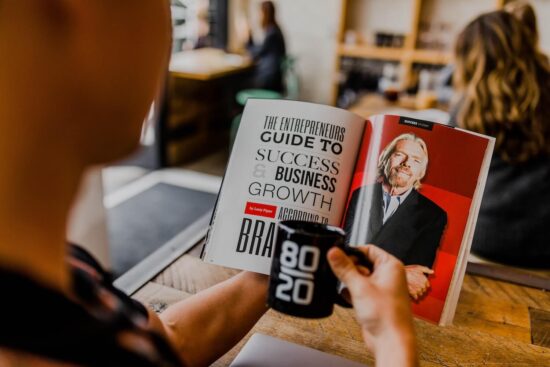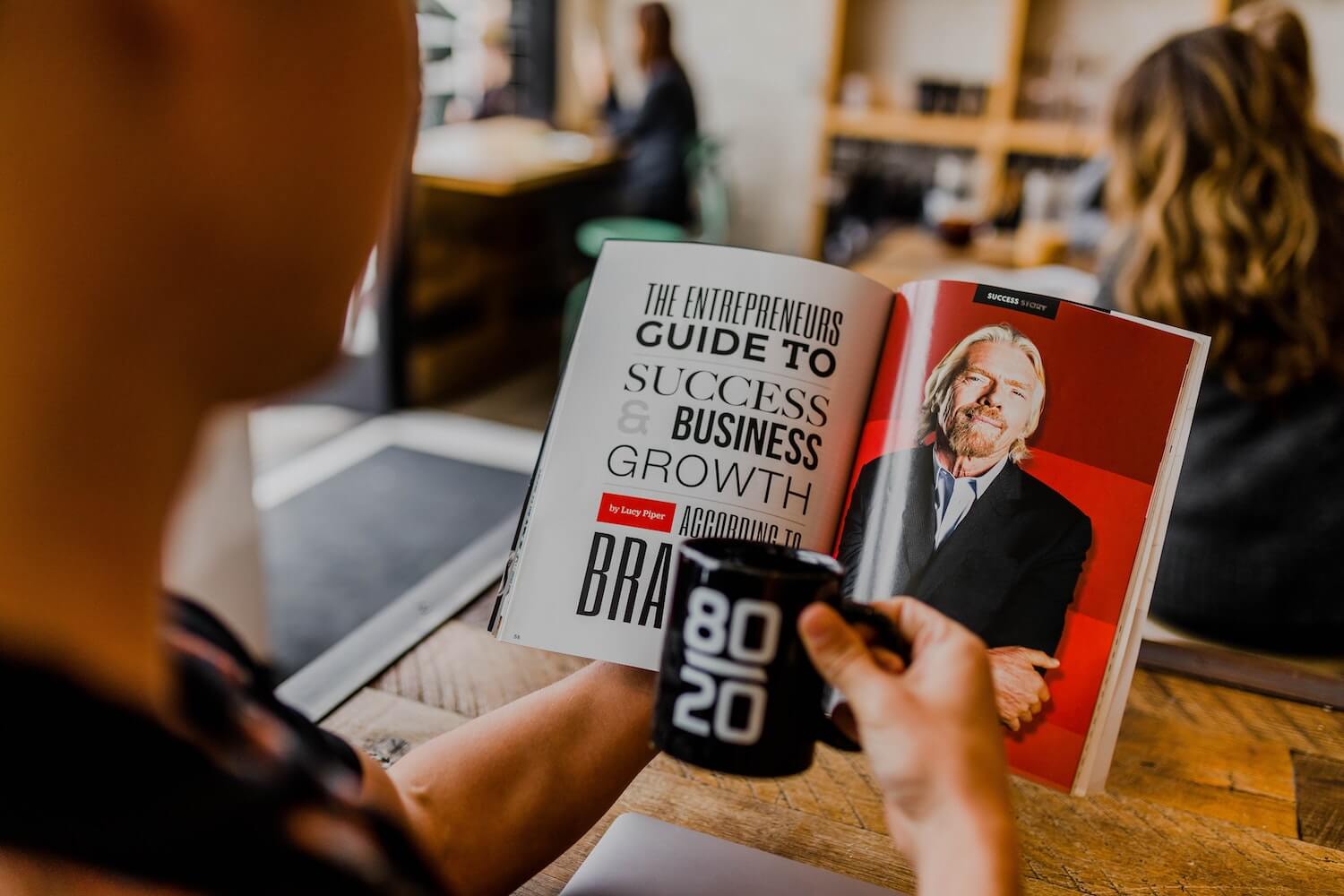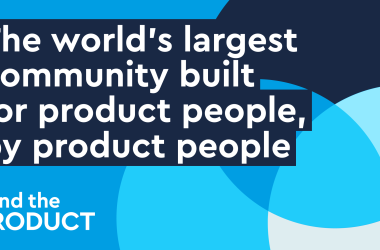Creating and launching a product is one thing but developing and improving it is another. One of the best ways to do this is by absorbing as much feedback as possible through Customer Advisory Boards (CABs) and customer feedback loops.
Tapping into honest critique from your customers is a crucial part of not only the strategic direction of your product but of your organization as a whole – even if sometimes, the truth is tough to hear.
This article will cover all the important aspects of a successful CAB, including:
- What is a Customer Advisory Board,
- The strategic benefits of a CAB strategy,
- Getting business buy-in,
- The DACI approach,
- The seven key ingredients to a CAB approach, and
- How we at PMA carried out our first Customer Advisory Board.
What are Customer Advisory Boards?
A Customer Advisory Board is a group of existing customers brought together on a regular basis to advise your company on forward-facing feedback on your product and strategic direction.
CABs give customers the opportunity to share best practices and foster community building and networking among peers, whilst also deepening relationships with your company executives and product leaders.
CABs can take the form of in-person events, onsite or offsite, online, and/or a combination of them all.
The strategic benefits of a CAB strategy
You can leverage CABs to:
- Validate a new company strategy
- Validate your re-positioning/branding/messaging
- Validate your customer experience
- Influence product direction
- Inspire ideas for future customer challenges that haven’t been solved yet (ie. remote work collaboration)
As a marketer, insights from CABs help you build:
- Market requirement documents to influence roadmaps
- Use cases, narratives, messaging, and case studies
- Customer Advocates – which include customer stories/testimonials, references for other prospects, and help customers become champions within their own organizations
Getting business buy-in

It all starts with WHY.
You, your team, and your leadership need to begin by asking yourself why you want to start a CAB in the first place.
Are you re-positioning your customer strategy and need customer validation before making that leap?
Have you decided you need to focus on investing in customer advocates to build confidence and improve retention?
Have you launched a few sub-par products, and realized that the customer challenge wasn’t clearly identified or addressed?
Once you’re clear on your priorities, you can define your key stakeholders.
Based on your WHY, ask yourself which leaders are most important to include across your organization.
For example:
If you’re most focused on repositioning your product strategy, you should be including your most senior product leader and product marketing leader.
If you are focusing on improving retention, think about including a senior leader in customer experience, customer success, and customer marketing.
The DACI approach
Some find the DACI model to be the most successful in defining clear roles and responsibilities for the stakeholders included.
For those who aren’t familiar, DACI stands for:
- Driver
- Approver
- Contributor
- Inform
There should be one Driver, one Approver (ideally someone very senior and influential who can make quick decisions without needing approval elsewhere), and a small group of Contributors who provide support in the form of content, customers, speakers, and a broader group of Informed participants.
A top-level look at the secrets to CAB success
In the Customer Advisory Boards Certified: Masters course, Bree Bunzel outlines the seven key ingredients to a successful CAB approach:
- A strong business strategy and plan
- A clearly defined list of stakeholders, and their roles and responsibilities
- A defined target audience and engagement plan
- A customer-led agenda
- A well-documented call sheet for The Day of CAB
- A clear method for capturing and sharing customer feedback post-event
- A forward-thinking plan to continue the momentum with your CAB customers post-event
How we at PMA carried out our first Customer Advisory Board
What motivated us to start our first Customer Advisory Board
When we first developed Product Marketing Alliance, we’d gather feedback from our customers through many different means, but the main one was through typical feedback forms.
This was useful, and we got a lot of value from it, but there was only so much we could get from this method. This is because we were typically missing the context behind the feedback our customers were giving. We figured that a CAB would help us to drill deeper into the top-line feedback we were receiving.
Setting up the Customer Advisory Board
When setting up the Customer Advisory Board, we focused on getting our chosen participants to agree to take part. After all, what’s a CAB without CAB members?!
Two things we knew we had to do was show our customers why we valued their feedback so much, but also show them what they’d get out of the session. So, we made sure to focus on the value prop when inviting them to join.
Considering our customers are product marketers, we knew they had extremely busy lives, so telling them why it would be worth their time (being part of the product roadmap, helping us as a startup in our journey, etc) was important to us.
Before the CAB, we came up with top line talking points to have some structure throughout the session. A top tip from us would be to send this to your customers beforehand so they can prepare for what you’re going to be talking about.
This works two fold:
- You’ll then get more structure to your CAB session and will likely get more out of it.
- You’ll then understand what type of CAB member your customer is going to be. If they haven’t prepared slightly beforehand, they’re not going to be as bothered about a positive outcome for your product.
However, having too much structure to your CAB agenda can also be detrimental. You want your CAB conversations to flow freely enough that organic thoughts crop up as and when they need to.
This can be really helpful in discovering things about your product and your customers that you didn’t necessarily understand before. If you’ve planned too much, you won’t find these things out as often because you’re expecting and asking for things you already know.
Our first CAB was one hour long. This is because we were perhaps a bit too conscious of taking up too much of everyone’s time and wanted more people to say yes. But, we regretted this slightly because we wanted our members to be more willing spend more time with us.
This way, like the point above, we were able to tell whether this was the type of CAB member we wanted to have (someone willing to give up more of their free time to share feedback that was clearly important to them).
This was also just not enough time for everyone in the CAB to voice their opinion and to go into the amount of detail that we wanted. So, extending the session the next time gave us more insights into what our customers want, and it also gave our CAB members more time to express their thoughts and feel more appreciated and valued for their feedback, rather than being rushed to say what they wanted.
Things we changed about our website based on the CAB feedback
After our first CAB, there were quite a few things we changed about our website – mainly based on UX – that really did improve the quality of our community.
- We invested in stronger search navigation so our content was easier to find.
- We changed our homepage to make it more understandable for what we do as a community.
- We rolled out a new main navigation which reduced the clicks needed and improved the overall user experience.
- We created content hubs and resources for our new product marketers, as well as hubs for our leaders so that each segment had a specific place they knew they could go within the site that would be tailored more to their personal experience.
After we implemented these changes to the site, we shared them with our CAB members to get confirmation that we were on the right lines.
But, it was also a way to show them that we valued their opinion and were being proactive. Then, they could see we were actually taking into account what they had said within the CAB to improve the experience for them.
This is what you’d call “closing the feedback loop”, which is an absolutely essential part of gathering any type of customer feedback.
A piece of advice for someone sorting their first CAB
The best piece of advice we can give you is to just get stuck in. By no means was our first CAB perfect, but it was incredibly valuable for us to learn more about what our customers want and so was a huge learning tool for us.
With this, don’t wait to get it perfect, have a rough idea of what you want to do, and then carry it out as soon as you can. Once you’ve done your first one, then you’ll have a far better idea of what you need to change about your CAB to get even more value out of it – for you and your CAB members.
Want to learn more?
Exploring exactly what your target market craves and delivering a stellar product can dramatically increase your revenue.
While Customer Advisory Boards undoubtedly serve as an invaluable source of information in supporting global companies to fulfill customer needs, you need to refine the process and ensure you’re ticking all the boxes.
Customer Advisory Boards: Certified outlines the fundamentals of CABs, providing essential insights into key facets of the process.
Join Bree Bunzel, Head of Global Customer Marketing at Dropbox and a CABs connoisseur, for 3+ hours of self-paced content and upskill and excel in an essential area of product marketing.






